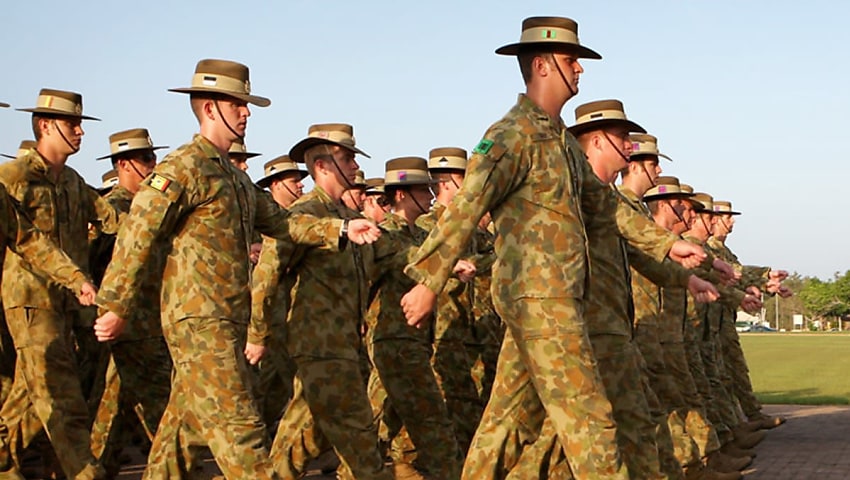A new report has detailed the experiences of the veteran community following their transition from military to civilian life.
To continue reading the rest of this article, please log in.
Create free account to get unlimited news articles and more!
The Australian Institute of Health and Welfare has released its new report into veteran experiences — Understanding the wellbeing characteristics of ex-serving ADF members — which unpacks lifestyle trends for ex-service men and women.
The report leveraged data from the 2016 Census and the experiences of 72,700 veterans who had at least one day of service on or after January 2001, transitioning from the ADF as at 31 December 2015.
According to the findings, 38 per cent of ex-serving ADF females had a bachelor’s degree or higher, a rate 1.4 times higher than Australian females (26 per cent).
In comparison, a quarter (25 per cent) of ex-serving ADF males had a bachelor’s degree or higher, slightly above the Australian average (22 per cent).
Reflecting on the data, Minister for Veterans’ Affairs Matt Keogh said this could indicate an improved transition into civilian life.
“There’s no doubt that returning to civilian life after Defence service is a challenge, and we must ensure the best supports and services are made available to transitioning personnel, including in relation to employment, health and wellbeing, submitting compensation claims and rehabilitation to deliver a smooth landing for veterans and families,” the minister said.
Further, the report revealed 78 per cent of ex-serving males and 76 per cent of ex-serving females were employed in 2016.
This represents a marked advantage over the general public, with 67 per cent of Australian males and 57 per cent of Australian females employed over the same period.
According to the report, veterans were also better off financially, with higher weekly personal incomes in comparison to the broader Australian population.
The data has reported that 76 per cent of ex-serving males and 60 per cent of ex-serving females earned a weekly personal income of $800 and above in 2016, compared to 52 per cent of males in the general public and 34 per cent of females.
Moreover, the research suggests more veteran families have children under 15 years old (74 per cent) than the Australian population (62 per cent).
“This helps us better understand what veteran families are juggling and what information and support they might need to help them navigate life with young children,” Minister Keogh added.
With regards to home ownership, most veterans reported owning their own home, in line with the general public.
“Housing plays a major role in people’s health and wellbeing, by providing shelter, safety and security,” Minister Keogh said.
“We understand that a person’s housing needs and preferences change as they progress through different stages of their lives, and it is important to provide adequate funding for services that support our veterans.
“We are committed to investing in research that delivers a better understanding of the veteran community, so that we can provide the services that veterans and families need, and having access to the latest data helps us to do that.”
Next year’s iteration of the report is expected to include data from the 2021 Census.
[Related: Construction commences on new veterans’ hub in Top End]

 Login
Login







